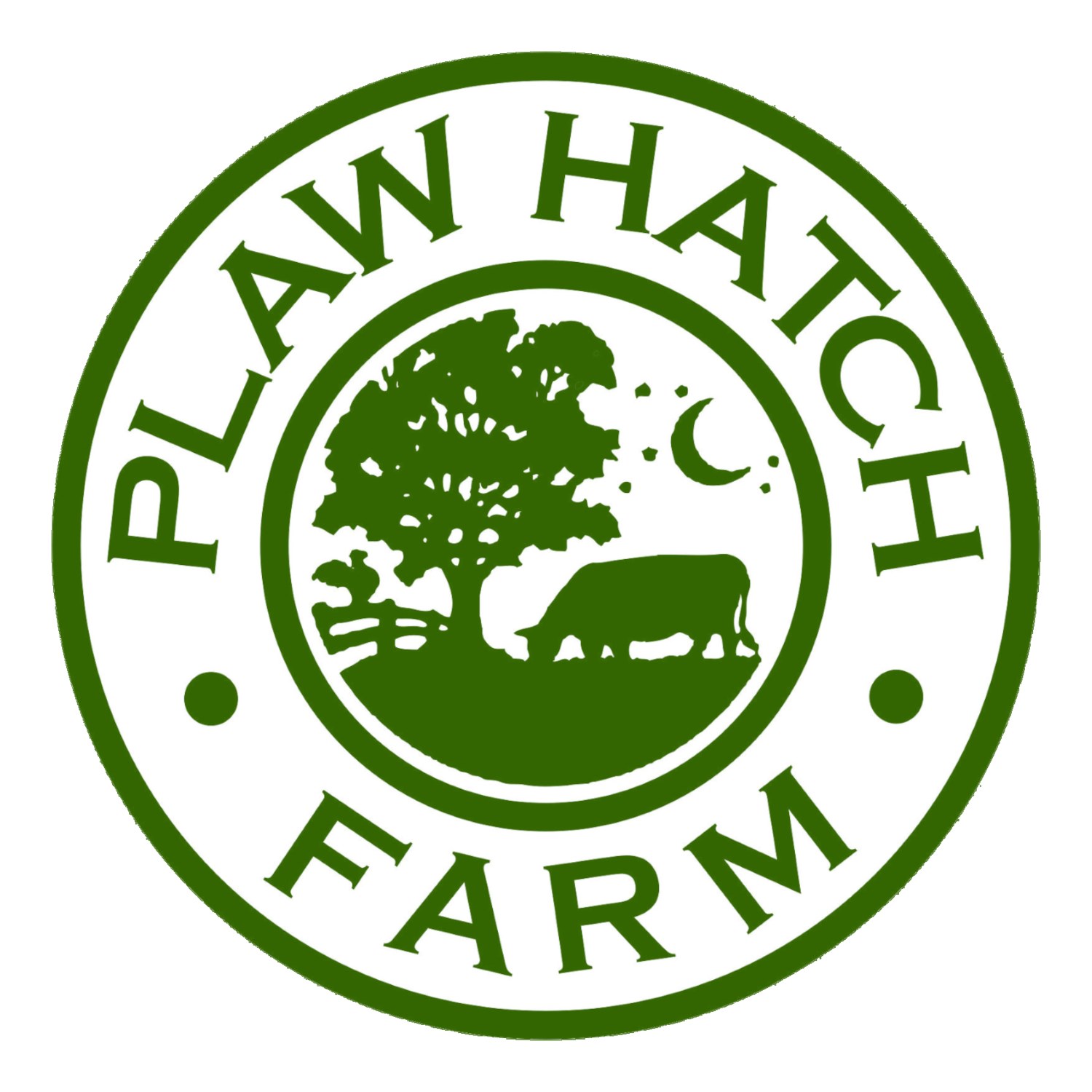Shearing 2020
Gala Bailey-Barker
Shearing is never a predictable event. I delayed by two weeks from the date we first had because we had a sudden cold snap. Different breeds of sheep shear differently and we have a few more Lleyns than Romneys at the moment. Romneys can shear quite well even six weeks after lambing in mid-May, however the Lleyns' wool doesn’t usually rise until mid-June or even July. When a ewe’s wool hasn’t risen, the skin comes up with the wool which means you can easily nick them. As with many things in shepherding, there are always checks and balances; the risk of a few shearing nicks that heal quickly is worth while if the alternative is getting flystrike. Flystrike is when blue bottle flies lay eggs in the wool of sheep that hatch into maggots that will eat the living flesh of their host. It is quite literally the stuff of horror movies. This year we were lucky with the dry weather; although problematic for grass growth, it did mean that the fly strike risk was very low, and so we left shearing until the 15th of June. Like with many things in farming, the unpredictable nature of the weather meant we only arranged it the night before on 14th of June and so couldn’t arrange for people to come and watch this year.
It’s always best to keep the sheep off grass for a while before they are sheared so that they have an empty rumen (part of the first chamber in a ruminant’s digestive tract) when they are turned over. So, Miriam and I got the ewes in early. We went back to them after breakfast and got the lambs back to their field away from their mothers; a noisy affair but better for them to be out eating grass and not squashed in the race. Trust me when I say no one wants to be lifting a 30kg lamb out of the shearing race!
We engaged professional shearer, Malcolm. His co-shearer had seriously injured his arm the day before they were due to come to us, so I had an opportunity to shear “on the board” with a solid drive. I had already sheared all our ewe lambs, old ewes (20 odd) and, with the help of Miriam, our 3 huge rams as well as Lenny, our pet wether (castrated male sheep) with our Rambo Quickdraw shears. They are electric driven and on a long bouncy cable. Shearing has a very particular pattern to it, like getting a certain style haircut at the hairdressers. However, using our clippers means I don’t have to stick too precisely to this pattern; if, however, you are shearing on a solid drive like Malcolm brings, you have to stick to this pattern or it doesn’t work. I learned to shear in 2017. In 2018 when I was pregnant, I didn’t shear at all, and last year maybe sheared 15 sheep. They say to learn to shear fairly well you need to shear 250 sheep. I’m a long way off that. On shearing day I managed 8 and Malcolm did 58! It takes me about 10 minutes to shear a sheep and it takes Malcolm 3 at most. Watching a good shearer is like watching a dance. With every blow (shearing stroke) the shearer moves the sheep just a little with their legs. Getting even a small glimpse of how this might eventually feel in comparison to my rather slow and inelegant attempts is so satisfying.
It’s always funny to see how small the sheep are under the 2-3kg of wool they carry around with them through the winter. The lambs recognise their mums by sound and smell but still often seem quite bemused by their mum’s new haircut when reunited. Rose, Miriam and our new farm apprentice Louisa, did a great job keeping the ewes moving through the race and we were done in a couple of hours. They can now graze feeling lighter, cooler, and safer from flystrike. Next month we’ll be weaning the lambs!







